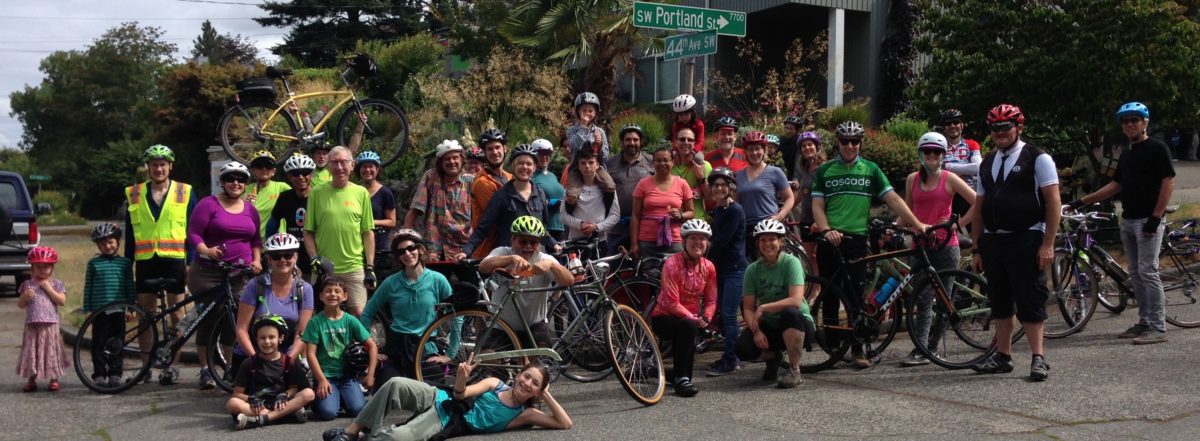Really great news for biking from West Seattle!
Funding and City commitment to fully protected bike lanes and signals on East Marginal Way S for the first phase of the East Marginal Way Corridor Improvement Project. This is a win for moving freight safely and efficiently to our seaport and major industrial center; it’s a win for making biking a significant part of a sustainable transportation system.
We’ve been working for this since 2012 as top priority. It could multiply severalfold the number of people riding bikes to downtown and points east and north. It’s a game-changer. SDOT is resuming design now, First phase construction is scheduled to be completed in 2021 from bridge trail at S Spokane to Portside trail at S Atlantic.
Quoting CM Lisa Herbold’s newsletter (Lisa has been a champion of this project):
“On Monday the Council voted to accept $5 million in grants for the East Marginal Way Corridor Improvement Project. This will allow Phase 1 work to proceed.
“This is good news for bicycle access from West Seattle to Downtown. When I met with West Seattle Bike Connections members in March, this project was a high priority.
“”Phase 1 work will include work in the northern portion of the project:
- “Constructing a bicycle facility between S Atlantic St and S Spokane St with full separation between people biking and people driving and delivering goods to make biking safer and more predictable
- Rebuilding the existing traffic signal at S Hanford St to protect all bicyclist and motorist movements
- Constructing a new traffic signal at S Horton St to provide a protected diagonal crossing for bicyclists
- Updating the existing signal at S Atlantic St and S Spokane St to work better with the changes to the corridor
- Potentially relocating the railroad tracks at S Hanford St to provide more space between truck traffic and the bicycle facility
“Phase 1 design work will proceed in 2019 and 2020, with construction starting as soon as fall 2020. The project website has an update about the timeline.
“In addition to the $5 million in grants, the Council legislation conditionally accepted another $4 million, which may become available soon. Voting to approve this now allows SDOT to accept the funds without an additional vote. The additional funds can be used for design of all the project work on East Marginal as far south as Diagonal Avenue. This will make it easier to apply for large federal grants.
“The website notes “Expect to see additional materials and events starting in summer or fall 2019. Comments and questions are welcome by emailing EastMarginal@seattle.gov or calling 206-684-8105.”
“East Marginal Way is a major freight corridor that provides access to the Port of Seattle terminals, rail yards, industrial businesses and the regional highway system, and between local Manufacturing and Industrial Councils (MIC’s). It is also a designated Heavy Haul Route, critical last-mile connector and vital route for over-sized trucks or those carrying flammable cargo. In addition, the corridor provides a major connection for people who bike between the West Seattle Bridge Trail, downtown, and the SODO neighborhood.
“This project will:
- Improve safety and reliability in the movement of people and goods
- Support freight loads by rebuilding the roadway
- Promote efficiency through signal modifications and intelligent transportation systems (ITS)
- Improve safety by better separating non-motorized modes from freight traffic”
Details of funding and phasing are in this SDOT report to the Levy Oversight Committee, starting on page 49 of the slide deck .

































